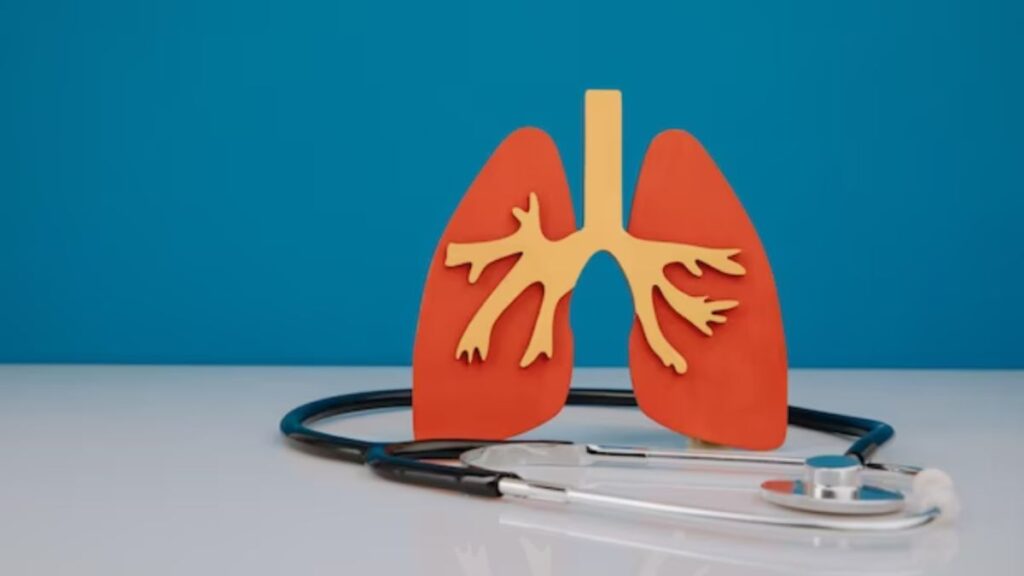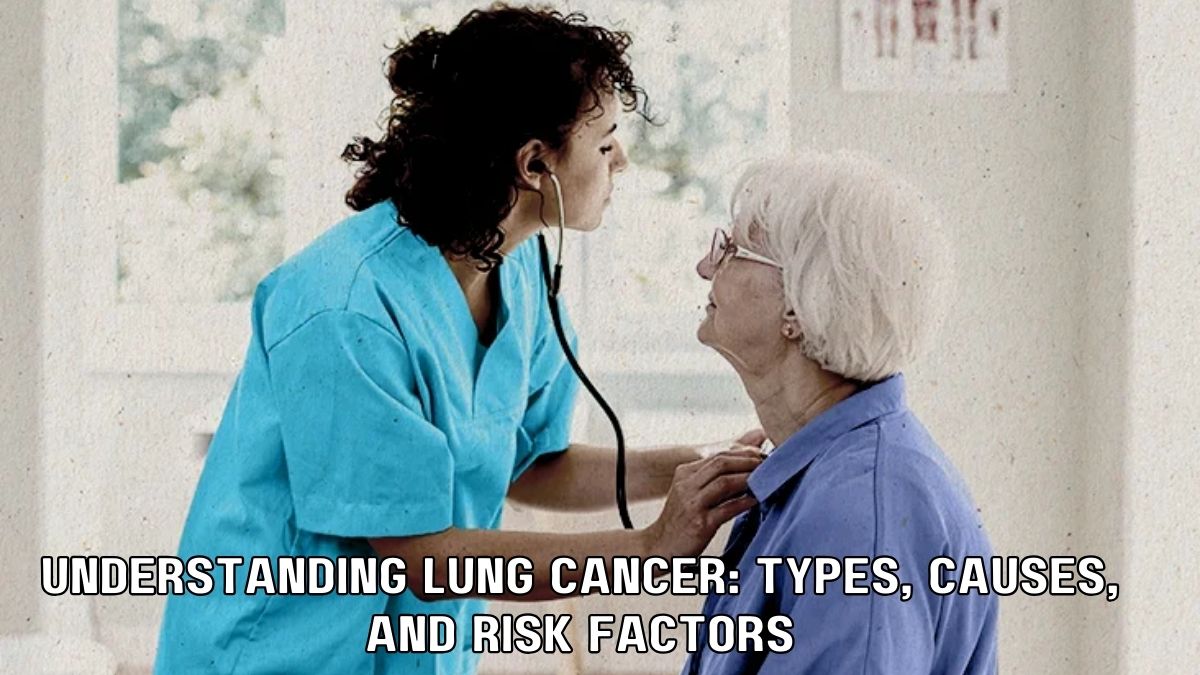Introduction:
Lung cancer is a formidable adversary that affects millions of people worldwide. It is a complex disease with various types and risk factors. Understanding the different aspects of lung cancer is essential for early detection, effective treatment, and prevention. In this blog, we will delve into the types, causes, and risk factors associated with lung cancer to provide you with a comprehensive overview of this critical health issue.
Types of Lung Cancer:
Non-Small Cell Lung Cancer (NSCLC):
- NSCLC is the most common type of lung cancer, accounting for about 85% of all cases.
- It includes subtypes like adenocarcinoma, squamous cell carcinoma, and large cell carcinoma.
- Each subtype has distinct characteristics and may require different treatment approaches.
Small Cell Lung Cancer (SCLC):
- SCLC is less common but tends to grow and spread rapidly.
- It is often linked to smoking and is highly responsive to chemotherapy.

Causes of Lung Cancer:
Smoking:
- Tobacco smoke is the leading cause of lung cancer. Smokers are at a significantly higher risk compared to non-smokers.
- Secondhand smoke exposure is also a significant risk factor.
Radon Gas:
- Radon is a naturally occurring radioactive gas that can seep into homes. Prolonged exposure to high levels of radon increases lung cancer risk.
Occupational Exposures:
- Certain workplaces, like construction sites and factories, may expose individuals to carcinogens such as asbestos and arsenic.
Air Pollution:
- Long-term exposure to high levels of air pollution, especially in urban areas, has been linked to increased lung cancer risk.
Genetics:
- Some individuals may have genetic mutations that predispose them to lung cancer, even if they have never smoked or been exposed to significant environmental risks.

Risk Factors:
Age:
- The risk of developing lung cancer increases with age, and it is most common in people over 65.
Family History:
- Individuals with a family history of lung cancer may have a higher risk, especially if a close relative was diagnosed at a young age.
Previous Lung Diseases:
- Conditions like chronic obstructive pulmonary disease (COPD) or a history of lung infections can elevate the risk.
Personal History:
- If you’ve had lung cancer before, you are at a higher risk of developing it again.

Conclusion:
Lung cancer is a multifaceted disease with various types, causes, and risk factors. While some risk factors, like age and genetics, are beyond our control, lifestyle choices such as smoking cessation and reducing exposure to environmental toxins can significantly lower the risk. Early detection through regular screenings is crucial for improving survival rates. By understanding the nuances of lung cancer, we can take proactive steps towards prevention and early intervention, ultimately saving lives.












